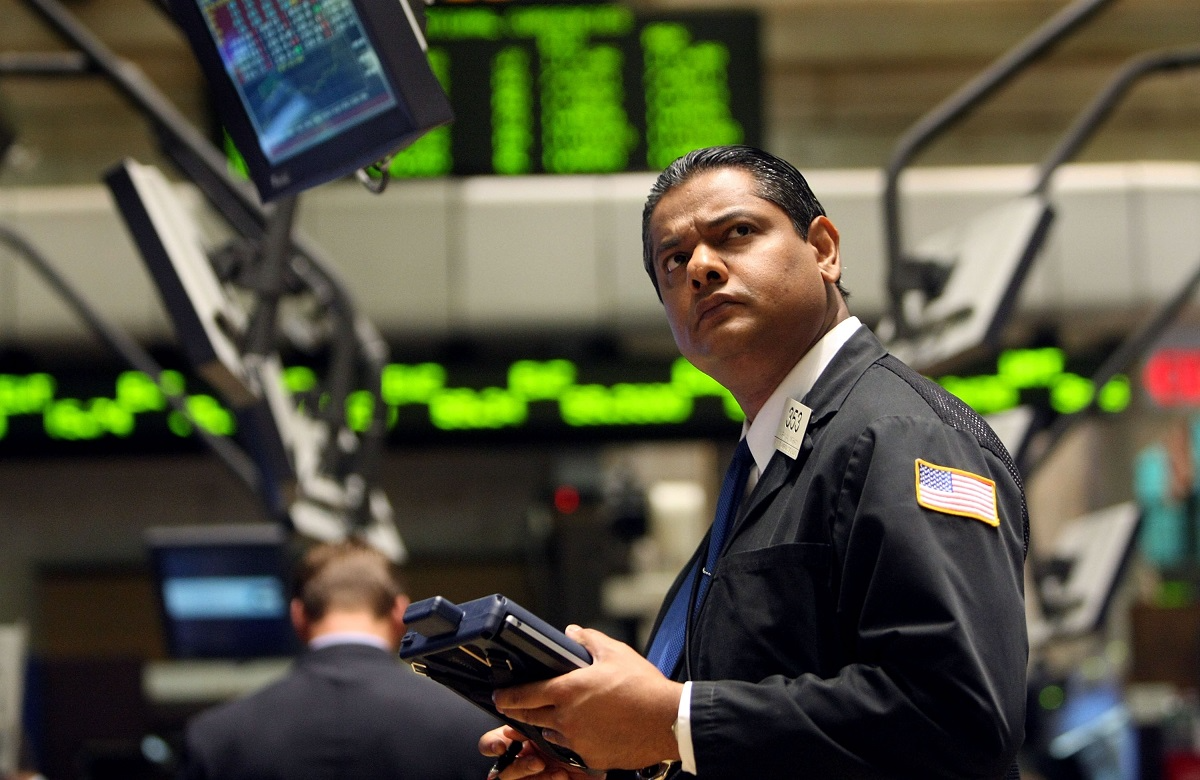Eight months ago, the Dow Jones Industrial Average (^DJI 0.38%) made its first unforced change since 2008. The addition of Goldman Sachs (GS +1.14%), Nike (NKE 0.33%), and Visa (V 0.10%) was one of the most important shifts in index composition since the 1999 swap that boosted the tech industry's representation from two components to four, as it gave financial stocks a greater share of the Dow than any other sector has held in decades. How has this worked out? Not so well:
AA Total Return Price data by YCharts.
Replacing Hewlett-Packard (HPQ +1.22%) with Visa deprived the Dow of significant growth, but thanks to the index's price-weighting scheme, it barely made a difference -- HP's share price of roughly $21 on the day of the swap is almost exactly a tenth of Visa's share price today. A 5% gain in Visa's stock winds up being about the same as HP's 55% gain. However, in the real world, investors who picked up HP shares when the Dow dropped the company would be far ahead of investors who followed the index into Visa's stock.
Nike, on the other hand, doesn't quite stack up to Alcoa's (AA +0.00%) growth since the latter's ouster; the aluminum kingpin was worth more than a tenth of Nike's shares last September, and has since grown to a share price that is almost 20% of Nike's. Goldman Sachs can't come out ahead of Bank of America (BAC 0.67%) under any comparison, as the retail bank is still in positive territory compared to the investment bank's 7% loss. That's zero for three on last year's change.
Looking further back at other Dow swaps shows similar levels of underperformance for the new components against the old:
MO Total Return Price data by YCharts.
INTC Total Return Price data by YCharts.
The 2004 swap shown in the first chart was a zero-for-two flop, while 1999's big shift produced a clear winner only in the Home Depot for Sears swap, with AT&T's narrow outperformance against Dow Chemical trounced by Chevron's growth running triple that of Microsoft and Intel's double looking positively puny next to Goodyear's six-bagger returns. We'd have to go back a long way to find another Dow component swap that wasn't motivated by mergers, divestitures, or financial collapses -- the last time none of the Dow's ousted components were involved in such a situation appears to be 1959.
The record might be thin, but it's pretty clear: Stocks the Dow removes tend to be better performers than the ones it adds, at least when there's no urgent circumstance demanding the change. The next time an index swap occurs in calm times, you might want to run the other way and pick up some shares of the stocks that fell off the Dow.









